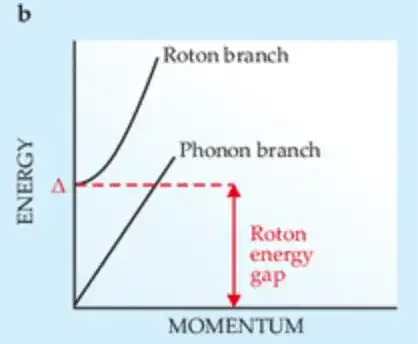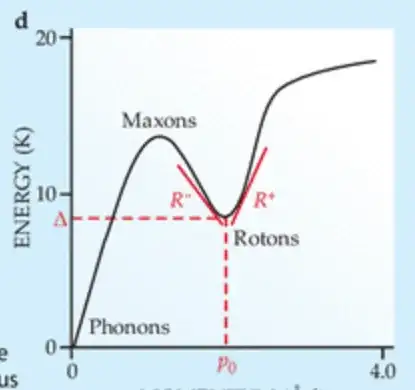In the theory of a Landau-Fermi liquid, one of the major predictions is the dispersion of zero sound. From the linearized kinetic equation, we know that the dimensionless dispersion $s$ is given by
$$ s=\frac{\omega}{qv_F}=\begin{cases} 1+2e^{-2(1+1/F_0^s)},\quad &F_0^s\ll1\\ \sqrt{F_0^s/3},\quad &F_0^s\gg1 \end{cases} $$ where $F_0^s$ is the Landau parameter quantifying interactions, $\omega/q$ is the phase velocity of the excitation, and $v_F$ is the Fermi velocity.
However, I read this work (Two-dimensional Fermi liquids sustain surprising roton-like plasmons beyond the particle-hole band, by Sultan et. al.) which gives a schematic representation of the elementary excitations of a Fermi liquid in Fig. 1. The authors then state that
At relatively low wave-vectors, zero-sound is observed as a well-defined mode with a linear dispersion relation, located above the PHB. It displays then a negative curvature, finally entering the PHB.
where PHB means particle-hole band. My question is if there is any in-depth study that talks about this "negative curvature" of the zero-sound dispersion. I would think that this would amount to taking higher-order terms of $q$ in the above expression for $s$, but I have not found any reference that discusses this apparent "plateauing" of the zero sound mode.

